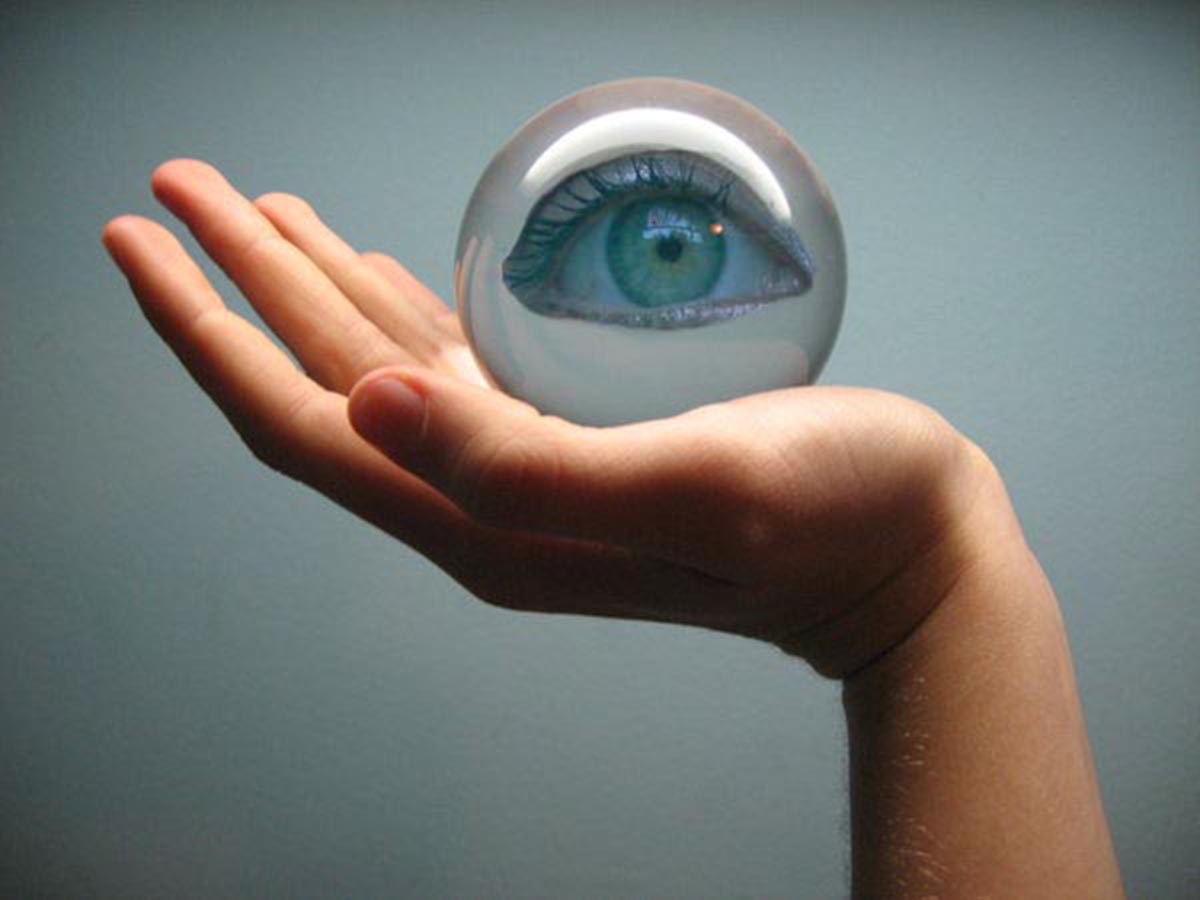Table of Contents
A definitive diagnosis of Bietti crystalline dystrophy is made by a doctor finding numerous, small, glistening yellow or white crystal deposits on the retina. These crystals are associated with pigment clumping, sclerosis of the choroidal vessels, and variable crystal deposits in the in the cornea. Doctors might also notice varying degrees of rod and cone dysfunction, visual field defects and reflective dots witnessed by spectral domain optical coherence tomography.

How Is Bietti Crystalline Dystrophy Managed?
Managing someone who suffers from this condition involves early diagnosis and specialized genetic counseling in order to decrease morbidity through providing a sufferer with preventative care. The treatment options for Bietti crystalline dystrophy are limited and tend to focus on optometric visual rehab when possible, using low vision aids, mobility training and orientation. However, as the genes responsible for the disorder are being identified, there are currently scientists working in the field of gene and molecular therapy. Presently, there is no cure for the disease and eventually a person’s vision will entirely disappear.
What Treatment Is Available?
Once a person has been diagnosed with this disorder, there are limited treatment options available. Bietti Crystalline Dystrophy is not correctable by wearing glasses or contacts and such vision impairment is known as “low vision.” People with this disorder are referred to low vision specialists or professionals who are trained to treat and manage visual impairments. It is important for the condition to be periodically monitored to track its progression and to determine if something more needs to be done.
Prognosis
Bietti Crystalline Dystrophy is inherited as an autosomal recessive condition. At conception, each sibling of an effected individual has a 25 percent chance of developing it, and a 50 percent chance of being an asymptomatic carrier and a 25 percent chance of being an unaffected carrier. The disorder is caused by mutations in the CYP4V2 gene, which is a family member of the cytochrome P450 genes on the 4q35 chromosome.
Currently, there are not many ongoing studies or in depth information about this rare and debilitating disorder. What is known is that it is difficult to diagnose, progressive in nature and it turns up most often in people between the ages of 15 and 30 years of age. While there is no cure for the disease, when you educate yourself about it and know if you carry the gene or not, it can allow you to make an informed decision as to your reproductive future.
READ Eye Problems You Are Very Likely To Face When You Age
If this disorder has occurred in your family and you wish to have children, it is very important that you consider some type of genetic counseling to determine any risk factors.
- Photo courtesy of Réno via Flickr: www.flickr.com/photos/renaud44/5409621449
- Photo courtesy of Réno via Flickr: www.flickr.com/photos/renaud44/5409621449
- Photo courtesy of Valerie Everett via Flickr: www.flickr.com/photos/valeriebb/3488188022


Your thoughts on this